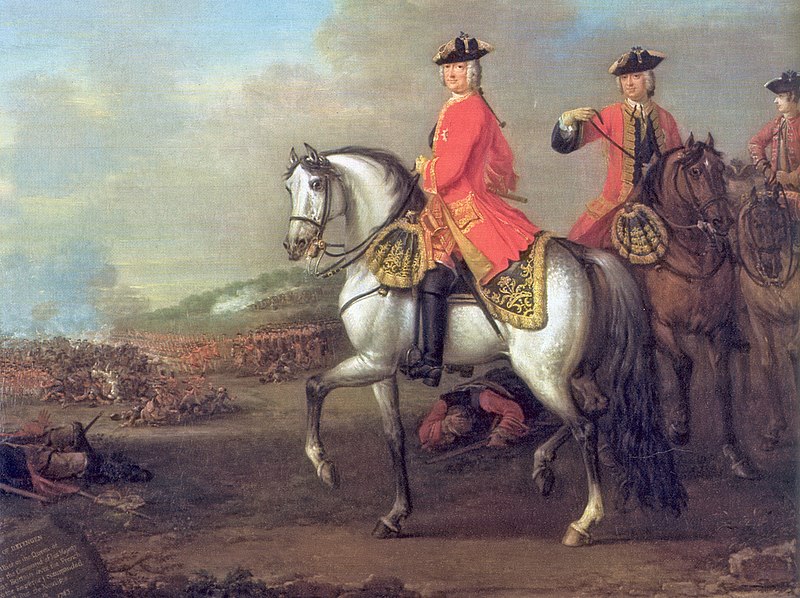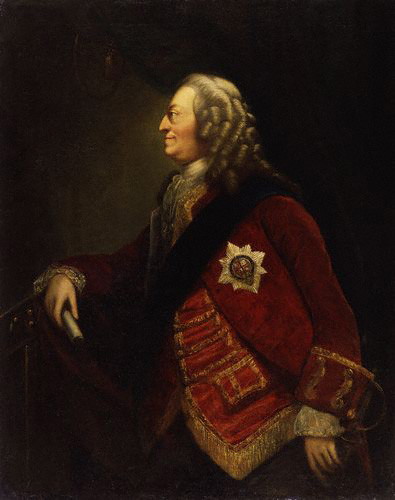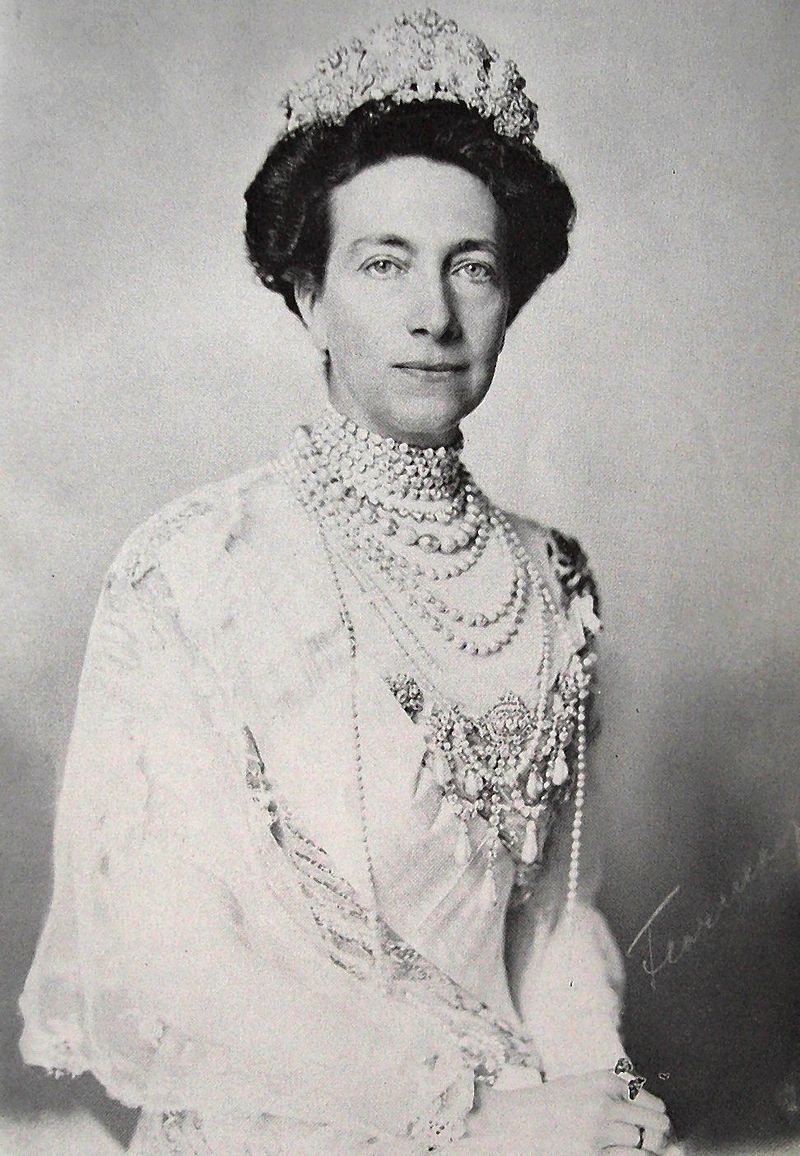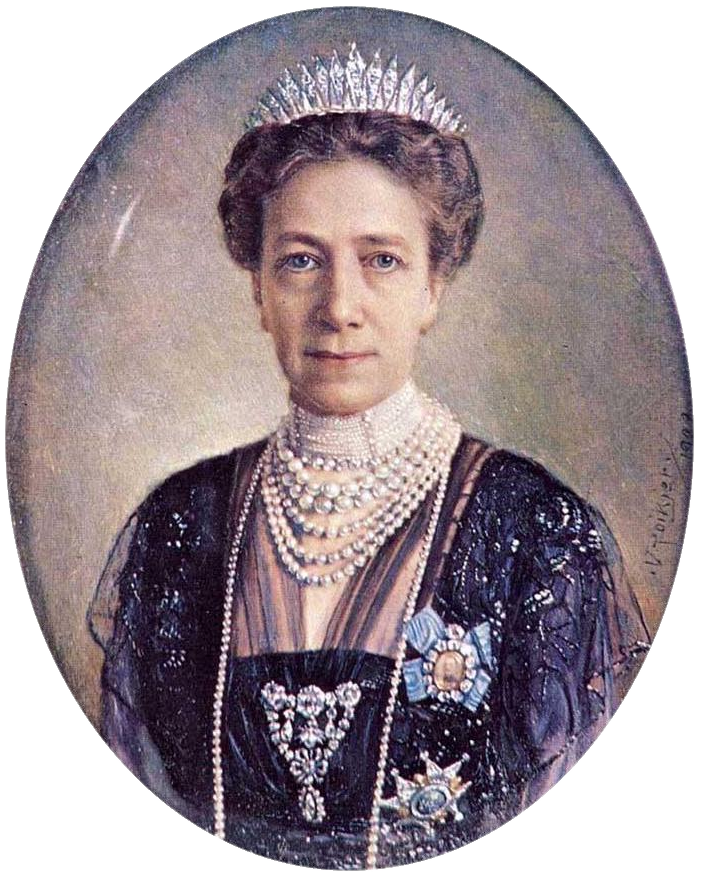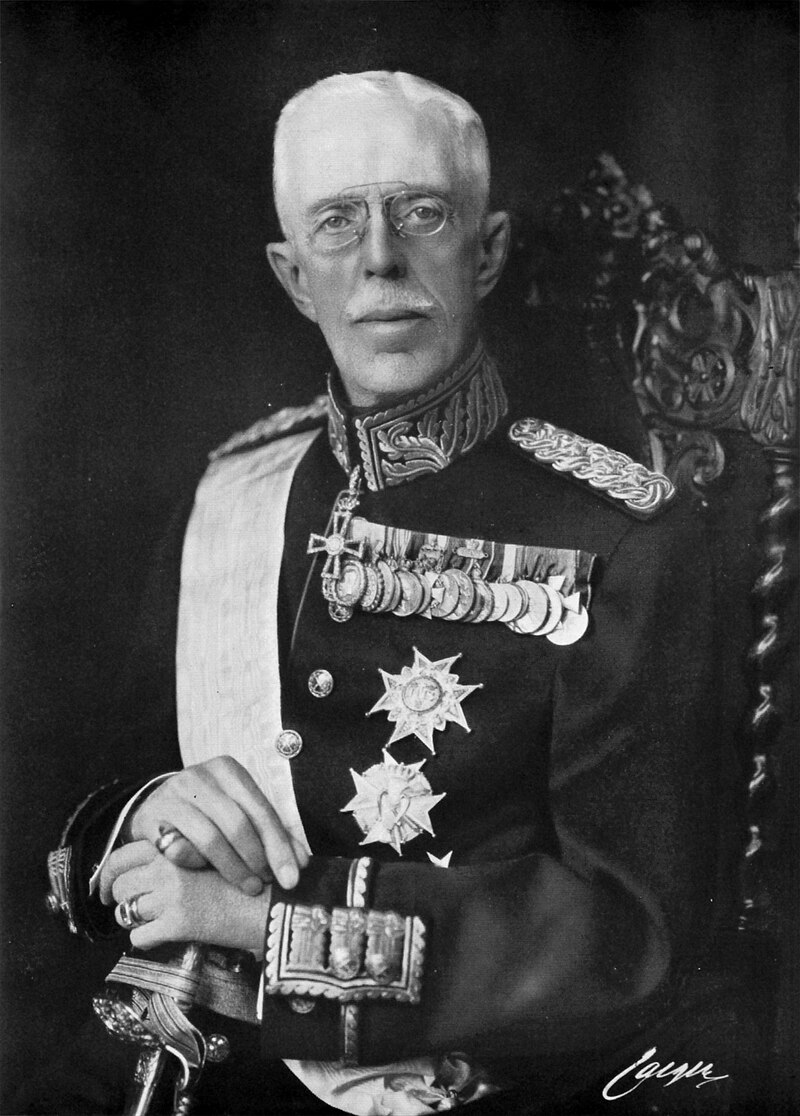by Susan Flantzer © Unofficial Royalty 2015

Caroline of Ansbach, Queen of Great Britain; Credit – Wikipedia
Her Serene Highness Markgräfin (Margravine) Wilhelmina Charlotte Caroline of Brandenburg-Ansbach, known as Caroline of Ansbach, was the wife of King George II of Great Britain. Born on March 11, 1683, at the Residenz Ansbach in Ansbach, Margraviate of Brandenburg-Ansbach, now in Bavaria, Germany, Caroline was the eldest of the three children of Johann Friedrich, Margrave of Brandenburg-Ansbach and his second wife Princess Eleonore Erdmuthe of Saxe-Eisenach,
Caroline had two younger siblings:
- Margrave Friedrich Wilhelm of Brandenburg-Ansbach (born and died January 1685)
- Margrave Wilhelm Friedrich of Brandenburg-Ansbach (1686 – 1723), married Christiane Charlotte of Württemberg-Winnental, had issue
Caroline also had five older half-siblings from her father’s first marriage to Margravine Johanna Elisabeth of Baden-Durlach:
- Margrave Leopold Friedrich of Brandenburg-Ansbach (1674 – 1676) died in infancy
- Margrave Christian Albrecht of Brandenburg-Ansbach (1675 – 1692), died unmarried
- Margravine Dorothea Friederike of Brandenburg-Ansbach (1676 – 1731), married Johann Reinhard III of Hanau-Lichtenberg, had issue
- Margrave Georg Friedrich of Brandenburg-Ansbach (1678 – 1703), died unmarried, killed in battle
- Margravine Charlotte Sophie of Brandenburg-Ansbach (1679 – 1680), died in infancy

Ansbach in the 17th century; Credit -Wikipedia
When Caroline was three years old, her father died of smallpox, causing her mother and her siblings to live in poor circumstances in Crailsheim, now in the German state of Baden-Württemberg. Her mother Eleonore Erdmuthe remarried in 1692 to Johann Georg IV, Elector of Saxony, and Caroline and her brother Wilhelm Friedrich accompanied their mother to Saxony. The marriage was not a happy one. Johann Georg had been forced to marry by his mother to produce heirs and to end the affair between Johann Georg and his mistress. However, Johann Georg refused to give up his mistress and attempted to murder Eleonore Erdmuthe so he would be able to marry his mistress. The murder was averted by Johann Georg’s younger brother (known as Augustus II the Strong, Elector of Saxony), who parried the murder weapon, a sword, away from Eleonore Erdmuthe. Two years after the marriage, Johann Georg died of smallpox, and Caroline moved with her mother and brother to Schloss Pretzsch, the residence of the widow of the Elector of Saxony.
In 1696, Eleonore Erdmuthe died and the 13-year-old orphaned Caroline was placed in the care of Friedrich, Elector of Brandenburg and his wife Sophia Charlotte of Hanover (later King and Queen in Prussia), friends of Eleonore Erdmuthe. Sophia Charlotte was the only daughter of Electress Sophia of Hanover, the grandmother of Caroline’s future husband, so Caroline became acquainted with the Hanover family. Sophia Charlotte was intelligent and attracted many scholars to her court including the mathematician and philosopher Gottfried Leibniz. Caroline was exposed to this intellectual environment and developed into quite a scholar.
Caroline, considered beautiful and well-educated, had several suitors, and Electress Sophia put her on a list of suitable wives for her grandson, the future King George II of Great Britain. George, whose title at the time was Electoral Prince of Hanover, traveled incognito to inspect his potential bride because his father did not want his son to repeat the disaster of his marriage. George immediately liked Caroline and the couple married on August 22, 1705, at the palace chapel at Schloss Herrenhausen in Hanover. Although the marriage was successful and happy, George had mistresses which Caroline knew about. The couple had eight children and through their children’s marriages, George and Caroline are the ancestors of many European royal families including the British, Danish, Dutch, Greek, Norwegian, Romanian, Russian, Spanish, and Swedish Royal Families.
- Frederick, Prince of Wales (1707 – 1751), married Princess Augusta of Saxe-Gotha, had issue, including King George III
- Anne, Princess Royal (1709 – 1759), married Willem IV, Prince of Orange, had issue
- Princess Amelia (1711 – 1786), unmarried
- Princess Caroline (1713 – 1757), unmarried
- Prince George William (1717 – 1718), died in infancy
- Prince William, Duke of Cumberland (1721 – 1765), unmarried
- Princess Mary (1723 – 1772), married Friedrich II, Landgrave of Hesse-Kassel, had issue
- Princess Louise (1724 -1751), married Frederik V, King of Denmark and Norway

George II and his family; Credit – Wikipedia
George’s father had a change in fortune when the British House of Stuart failed to produce a legitimate Protestant heir. His mother Electress Sophia of Hanover was the closest Protestant heir and was named the heiress presumptive to the British throne. However, Sophia of Hanover died two months before Queen Anne of Great Britain died and George’s father succeeded to the British throne as King George I in 1714 upon the death of Queen Anne. George was automatically Duke of Cornwall, Duke of Rothesay, and Earl of Carrick. On September 27, 1714, King George I created his eldest son Prince of Wales and Earl of Chester. Caroline was styled with the feminine versions of her husband’s titles.
George and Caroline made a concerted effort to learn English and acquire knowledge about Britain’s people, politics, and customs. George had a very poor relationship with his father. The first big rift occurred because of a disagreement over the choice of godparents for the Prince and Princess of Wales’ short-lived son George William, born in 1717. The disagreement grew out of proportion, and George was placed under arrest. The result was that George and Caroline were exiled from St. James’ Palace. They moved into Leicester House in Leicester Square, London, their chief residence for the rest of King George I’s reign. However, their children were kept at St. James’ Palace in the custody of their grandfather. Caroline acted as a mediator, and in cooperation with Prime Minister Robert Walpole, she finally reconciled King George I and his son.
On June 11, 1727, King George I died and was buried in Hanover, and his son succeeded him as King George II. George and Caroline were crowned at Westminster Abbey on October 22, 1727.

Caroline Wilhelmina of Brandenburg-Ansbach, studio of Charles Jervas, oil on canvas, 1727, 86 in. x 50 1/4 in. (2185 mm x 1276 mm), Purchased, 1873, Primary Collection, NPG 369 © National Portrait Gallery, London
Queen Caroline played a greater role in governmental affairs than any queen consort since the Middle Ages. King George II initially dismissed Robert Walpole, his father’s Prime Minister, but Caroline persuaded her husband to recall Walpole. During her husband’s absences, Caroline led the affairs of state, together with Prime Minister Robert Walpole. She initiated a reform of English criminal law when an investigation uncovered widespread abuses. Many historians have concluded that King George II was largely led by his queen. Caroline’s influence is illustrated in a poem popular at the time:
You may strut, dapper George, but ’twill all be in vain,
We know ’tis Queen Caroline, not you, that reign.
You govern no more than Don Philip of Spain.
Then if you would have us fall down and adore you,
Lock up your fat spouse, as your dad did before you.
Caroline had many scientific and artistic interests. She corresponded with several intellectuals including mathematician Gottfried Leibniz, whom she met when she was a child, and Christian Thomasius, German jurist and philosopher. Caroline supported French philosopher Voltaire during his exile in England from 1726-1729. Voltaire thanked her by dedicating his epic poem La Henriade to her. Caroline was also considered one of the greatest promoters of the composer George Frideric Handel, who had come to England with King George I. Handel dedicated his famous Water Music to her.

Caroline Wilhelmina of Brandenburg-Ansbach by Jacopo Amigoni, oil on canvas, 1735, NPG 4332 © National Portrait Gallery, London
In 1724, during the birth of her youngest child, Caroline sustained an umbilical hernia. She ignored the condition until it became acute in November 1737. Then she was bled, purged, and operated on, without anesthetic, but there was no improvement in her condition. Gangrene set in and she died on November 20, 1737, at St. James’ Palace in London, England at the age of 54. As she lay dying, she begged her grief-stricken husband to marry again. George replied, “Never, never. I shall have only mistresses.” When George died, he left instructions that the sideboards of their coffins be removed so the two could be joined together in death.
Caroline was buried in Westminster Abbey in London, England, the last Queen Consort to be buried there. George Frideric Handel, who had been her friend for more than 30 years, composed, within a week, The Ways of Zion Do Mourn / Funeral Anthem for Queen Caroline, which was performed at her funeral on December 17, 1737.

Inscription on the floor of the Henry VII Chapel at Westminster Abbey marking the grave of Caroline of Ansbach; Credit – www.findagrave.com
This article is the intellectual property of Unofficial Royalty and is NOT TO BE COPIED, EDITED, OR POSTED IN ANY FORM ON ANOTHER WEBSITE under any circumstances. It is permissible to use a link that directs to Unofficial Royalty.
House of Hanover Resources at Unofficial Royalty






